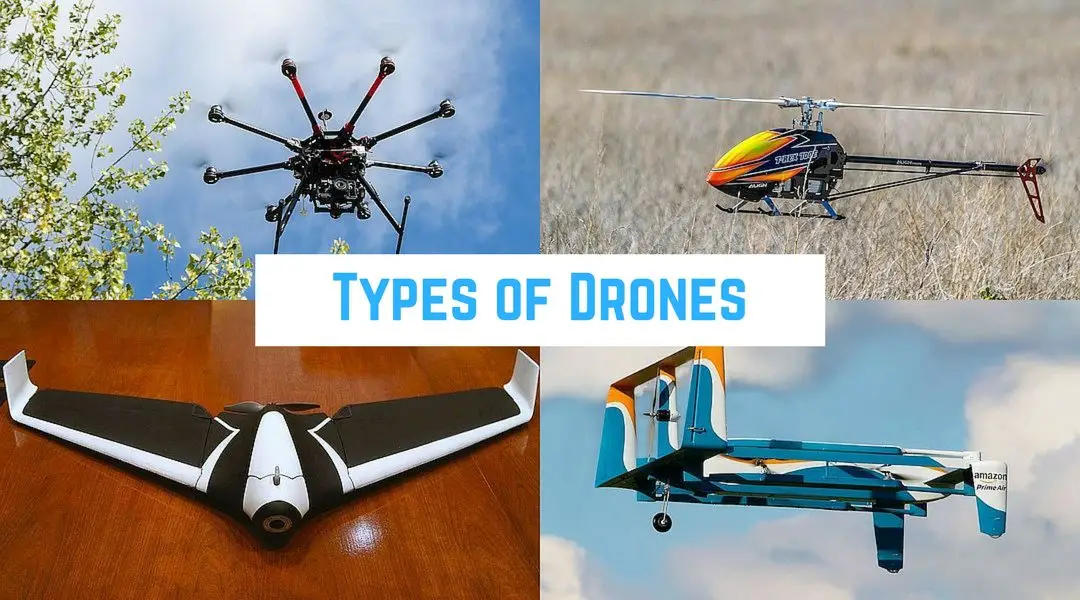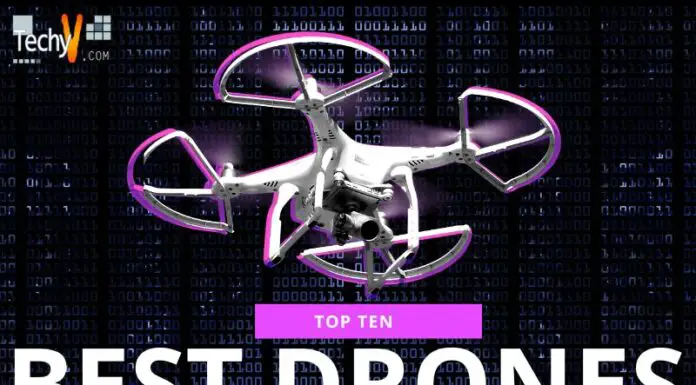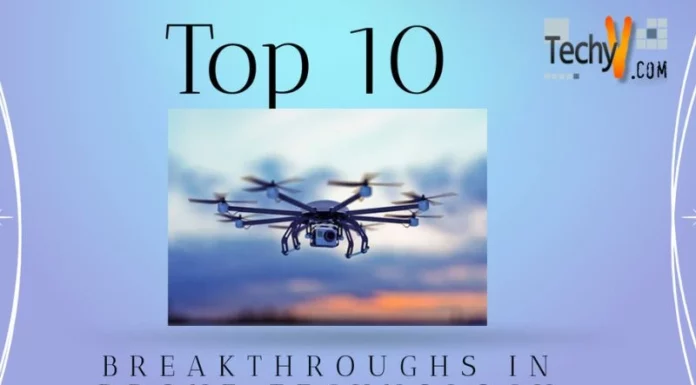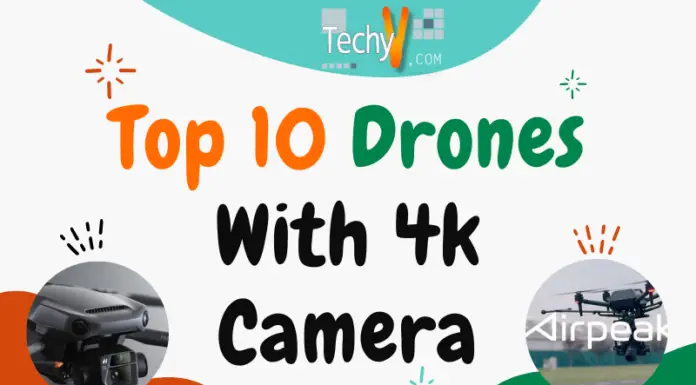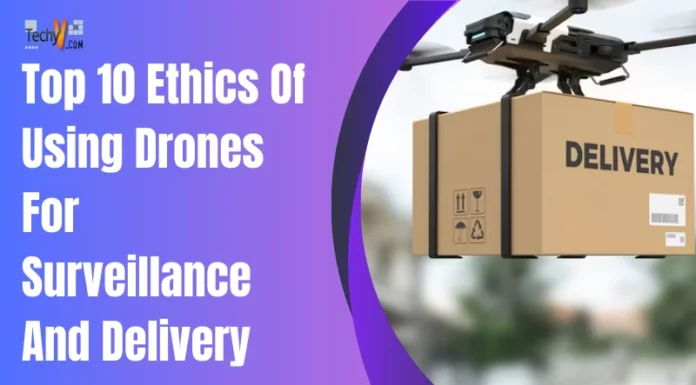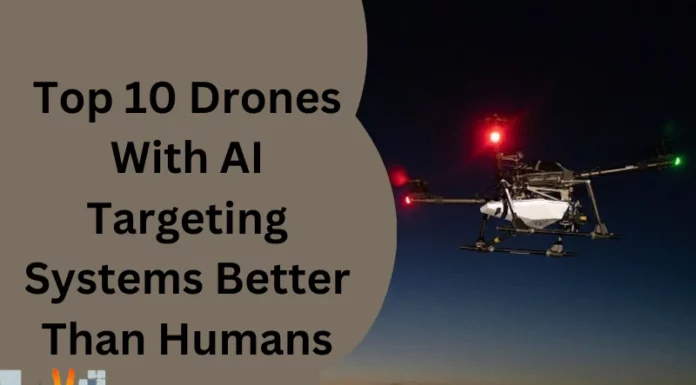Over the past ten years, more and more drones have begun to appear in the sky, and they are here to stay. Drones are a favorite hobby of many people who love the sky and flying. Drones allow photographers and videographers to take spectacular photographs and videos that are not available to everyone, which can improve their skill sets. You should consider these ten things before buying a drone, regardless of whether you want to purchase one as a new pastime or want to incorporate one into your company strategy.
1. Decide Where To Fly
You must be aware of some fundamental regulations about where you can fly your drone before you take it to the skies. Any airport within five miles of you is too close for your drone to fly. Flying your drone above 400 feet is prohibited. Over government buildings or national parks, drones are not permitted to fly. Always ask for permission before flying your drone over someone else out of consideration for them. It’s just good manners.
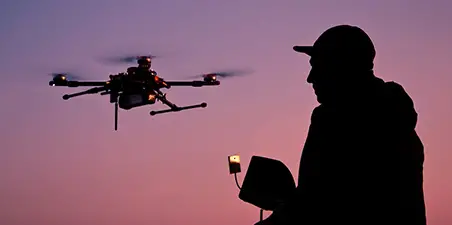
2. Price Of A Drone
You should carefully consider how much you will invest in the drone before adding it to your photography or video production equipment list. Most drones in the lower price range tend to be less steady and harder to manage.
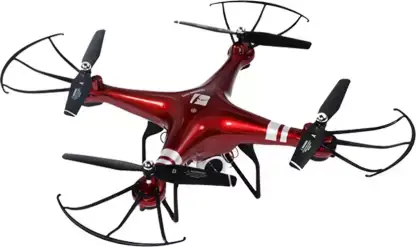
3. Identify Your Drone
Whether you use your drone for recreational purposes, professional photography, or filmmaking, You must register. To register your drone, you will need to go through additional formalities if it weighs more than 250 grams or is used for a business.
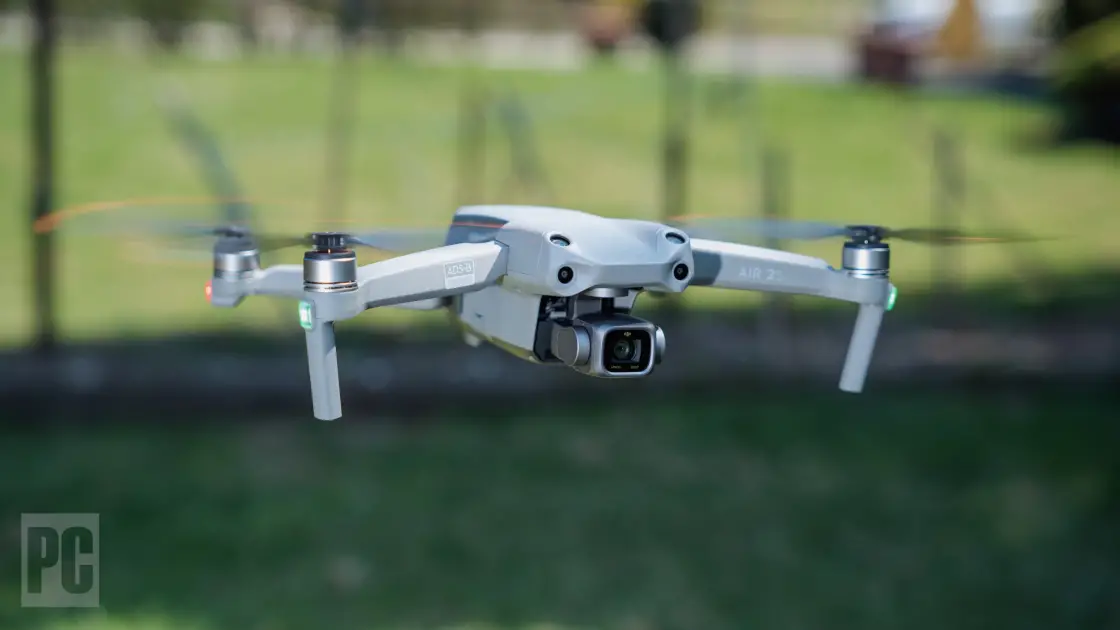
4. Flight Stability
The stability aspect is one of the most crucial things you should consider when buying a drone for photography or filming. Essential for recording videos and capturing pictures. You can only take sharp, clear pictures if your drone is hovering in a stable position. Purchase a drown with a gimbal to guarantee that it is lovely and steady while filming.
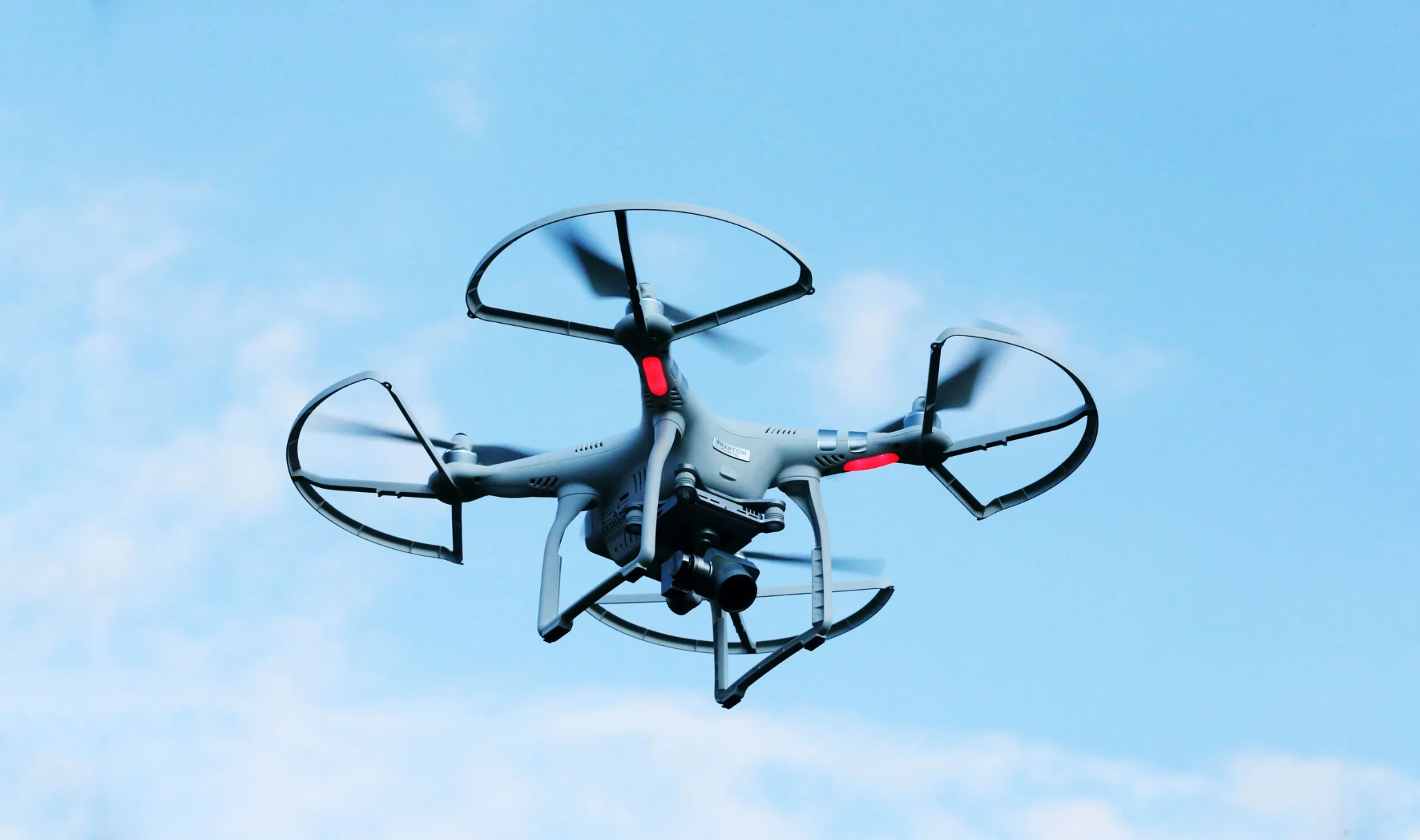
5. Weather Circumstances
Be mindful of the local weather conditions. You should look for a drone that can withstand wind gusts if you reside somewhere with a lot of wind. Many drones are only capable of operating in winds up to 20 mph.
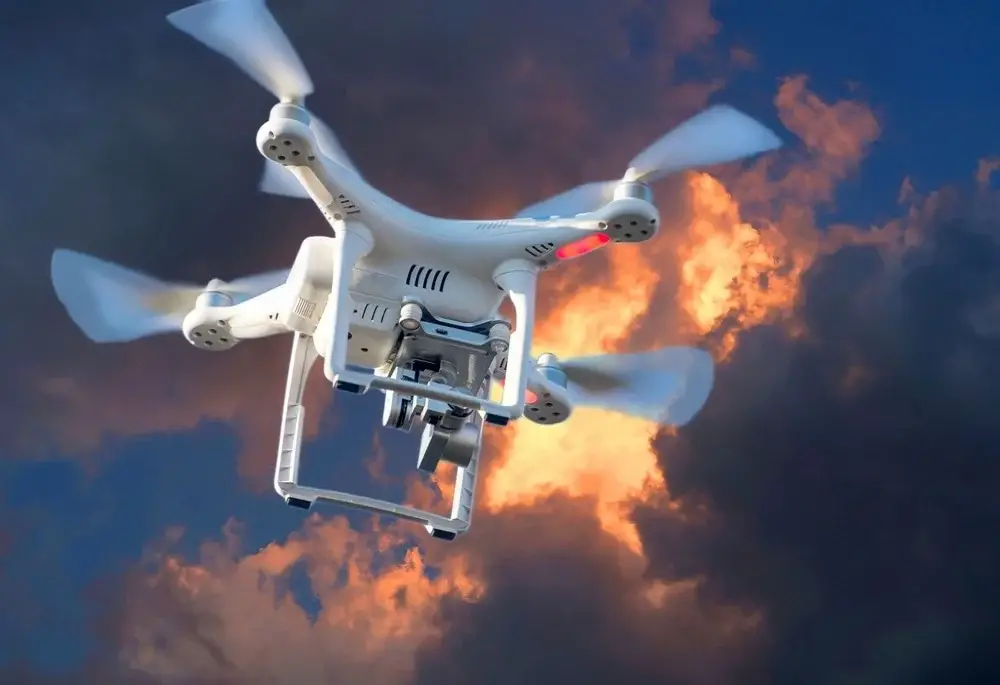
6. License
You must state the drone class for which a natural person has completed the required training in the remote pilot license. If the aforementioned natural person has completed the required training for automatic or autonomous drone operations, it must be expressly stated in the remote pilot license.
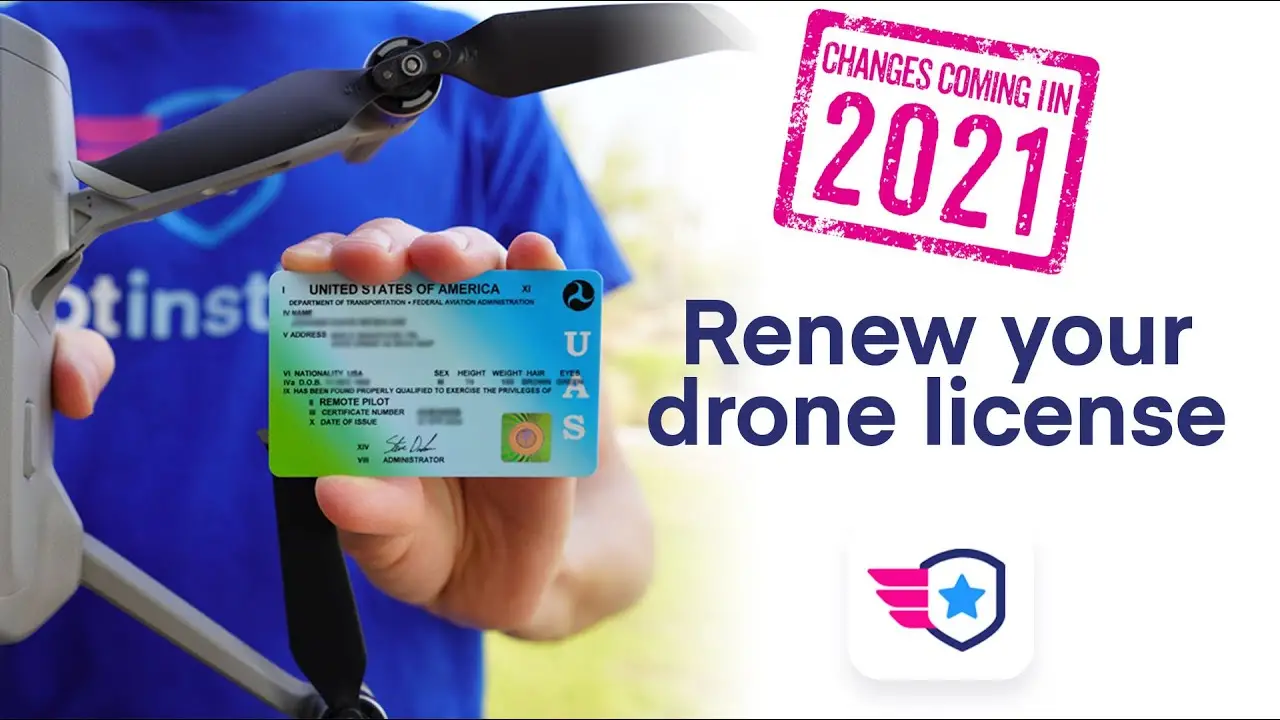
7. Correct Etiquette
Remember that many neighbors or locals are likely just as passionate about your drone as you are, whether you are using it for photography or simply for fun.
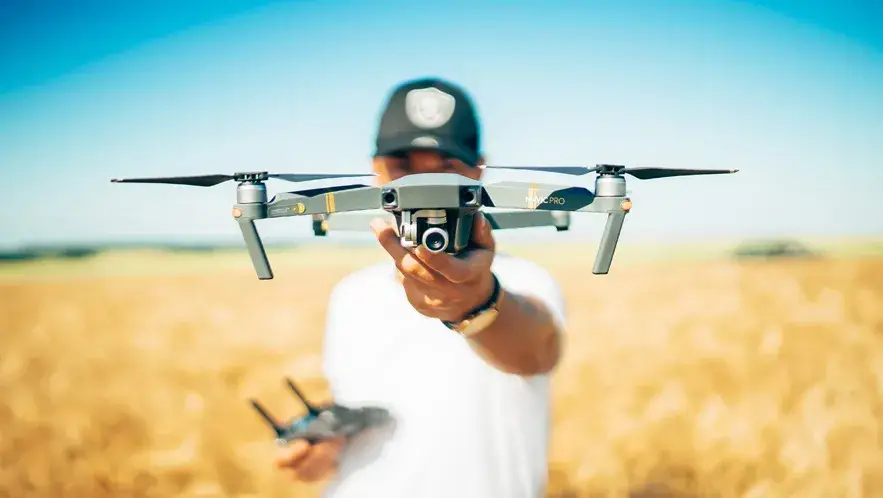
8. Zones
The airspace from the ground up to 400 feet (120 meters) above ground level (AGL) that hasn’t been labeled as a red zone or yellow zone in the airspace map for drone operations is referred to as the “green zone.” The regulations of the yellow zone shall apply to the airspace above 200 feet (60 meters) AGL in the area between the lateral distance between 8 and 12 kilometers from the perimeter of an operational airport and the airspace above 400 feet (120 meters) AGL in a certified green zone.

9. Flying Time
The typical flight time of a drone is only 30 minutes. It doesn’t seem like a lot of time if you’re trying to shoot some overhead photos. You’ll pay more for the extended flying duration. Make sure you carefully plan how to spend your time instead of stressing about how long your drones will fly.
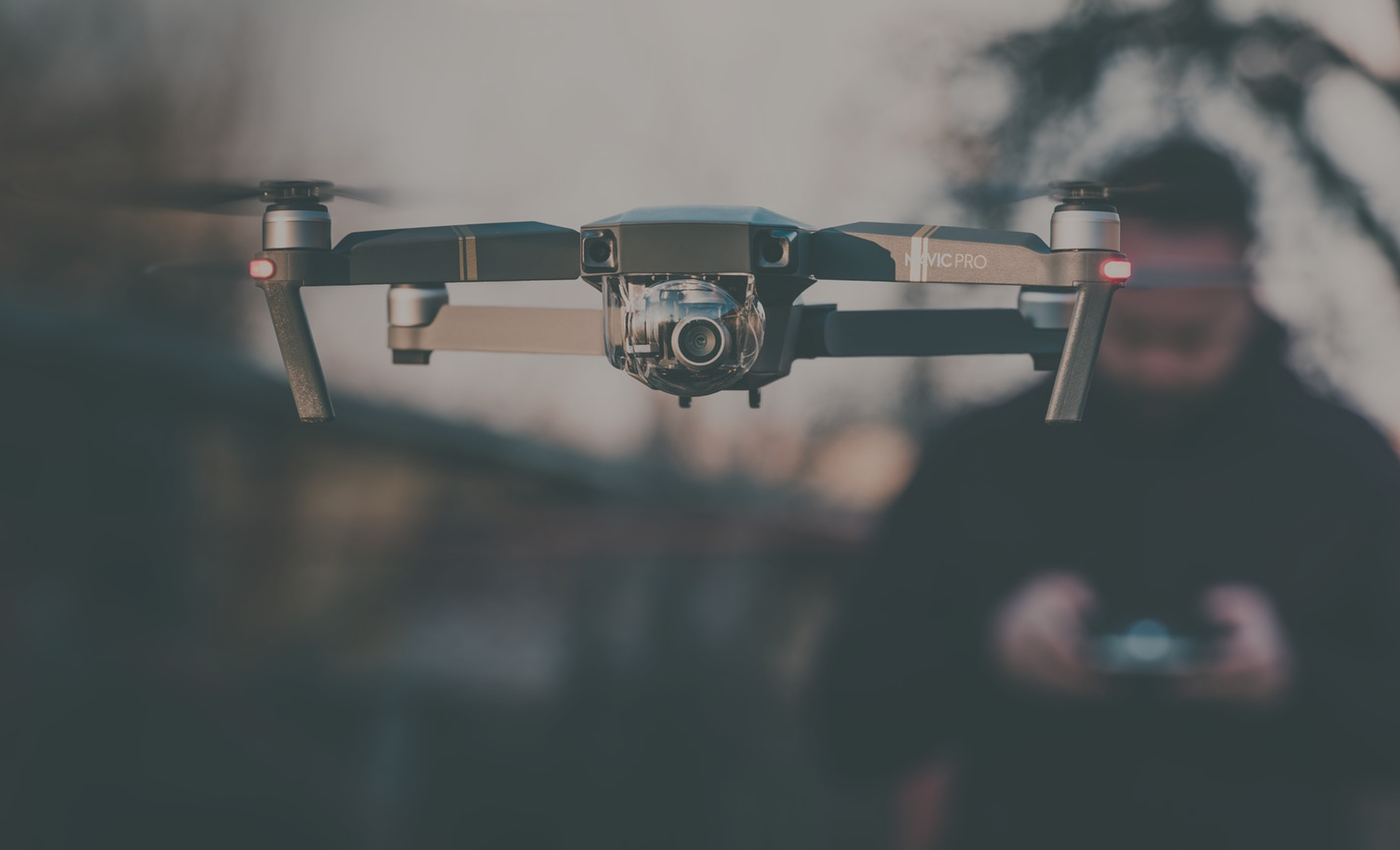
10. Types Of Drones
When choosing the sort of drone to buy, you must comprehend some specific language used to describe the drone you will end up with.
